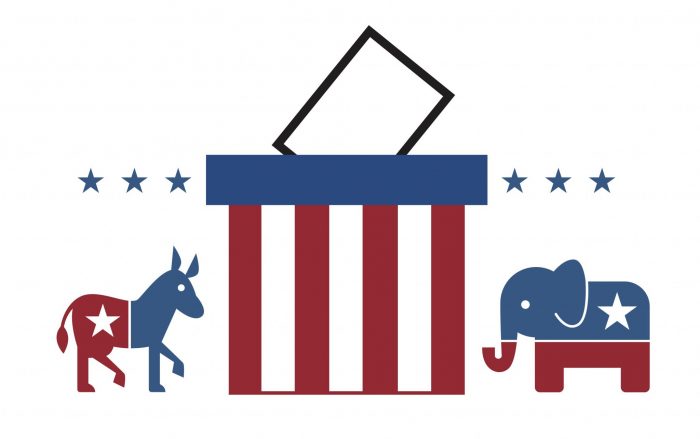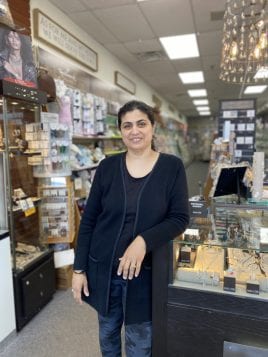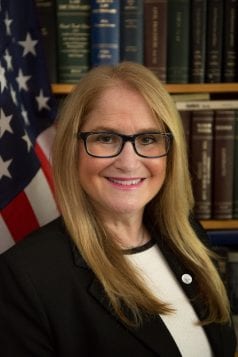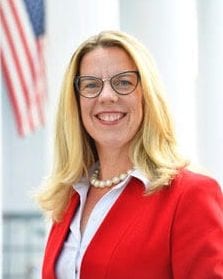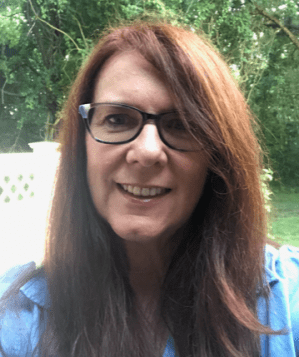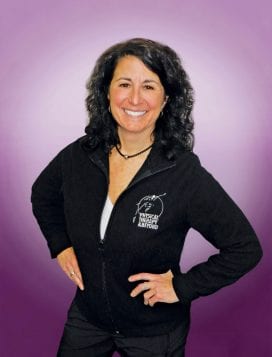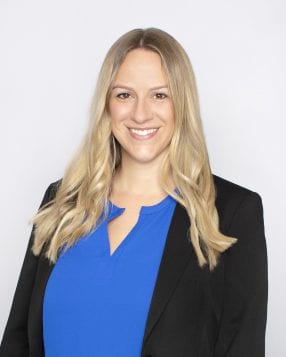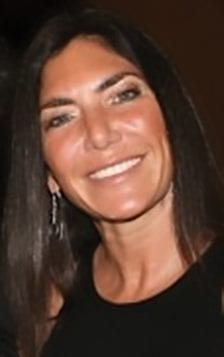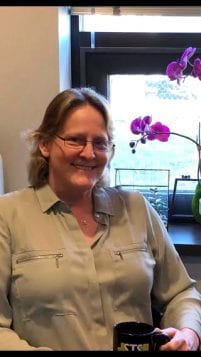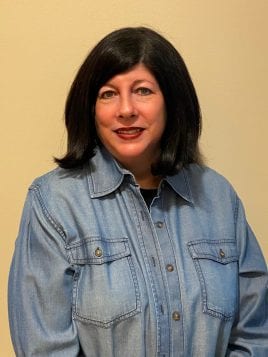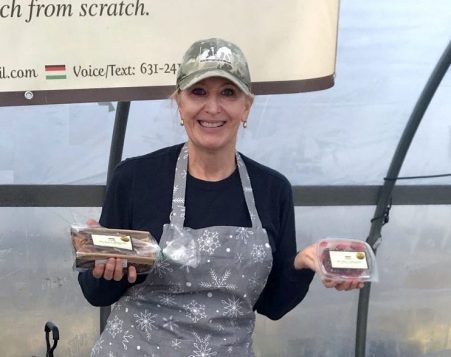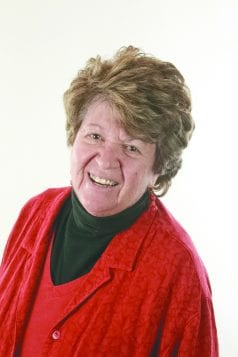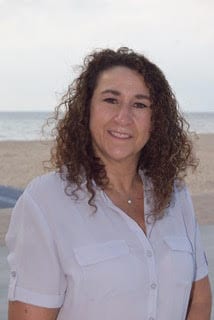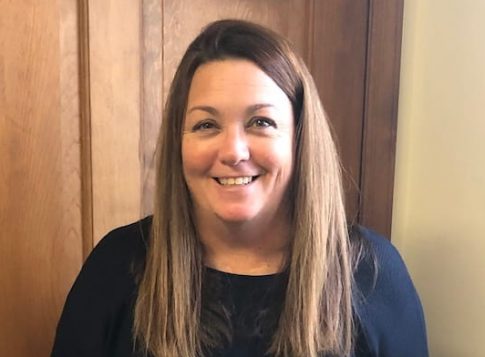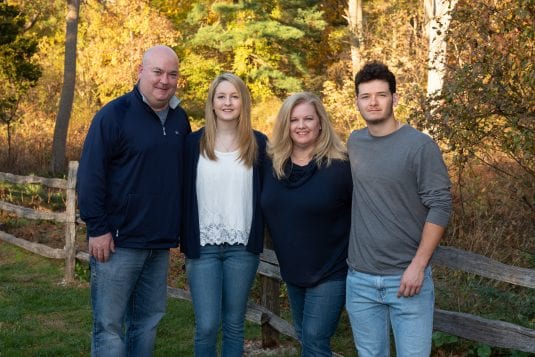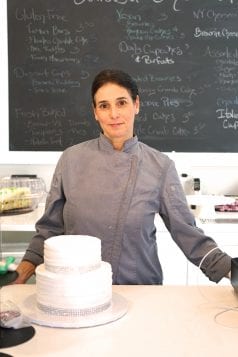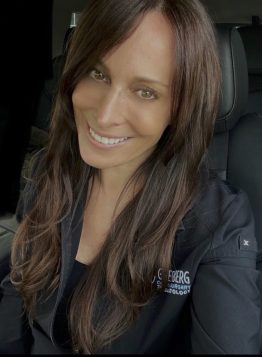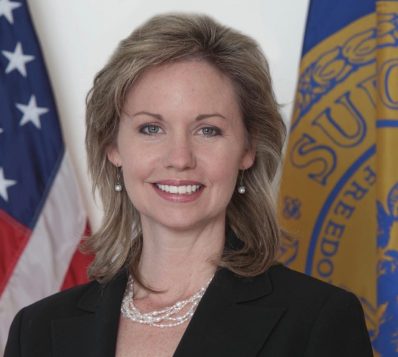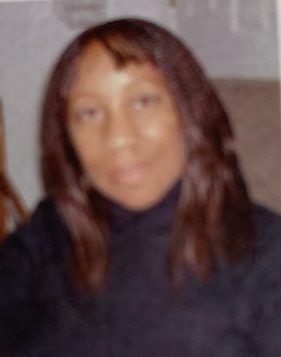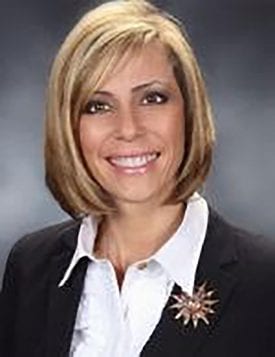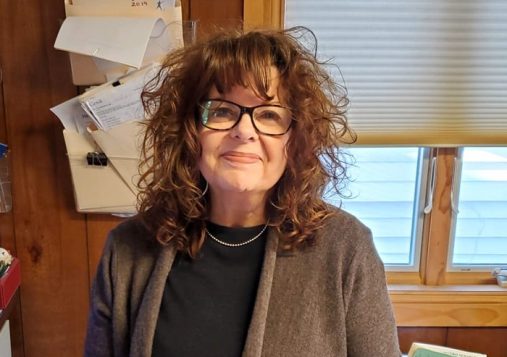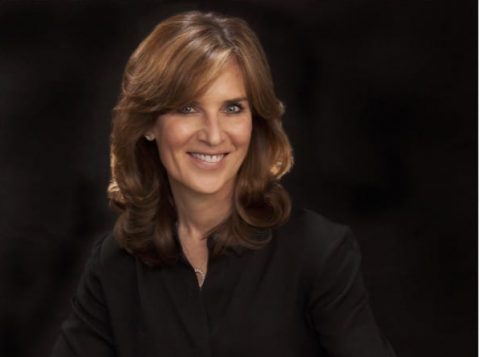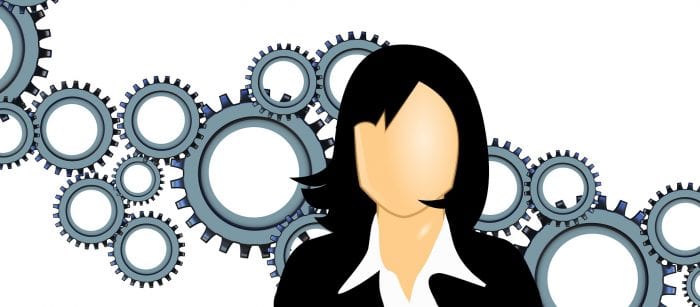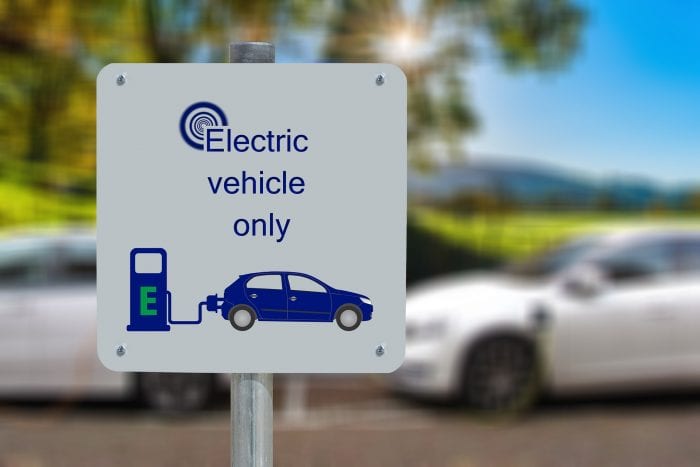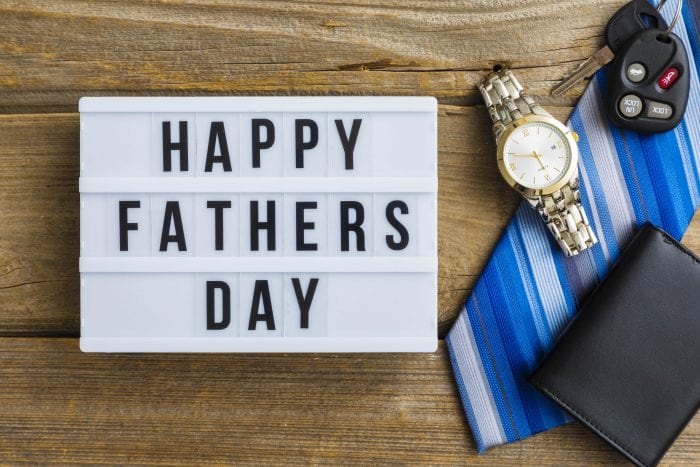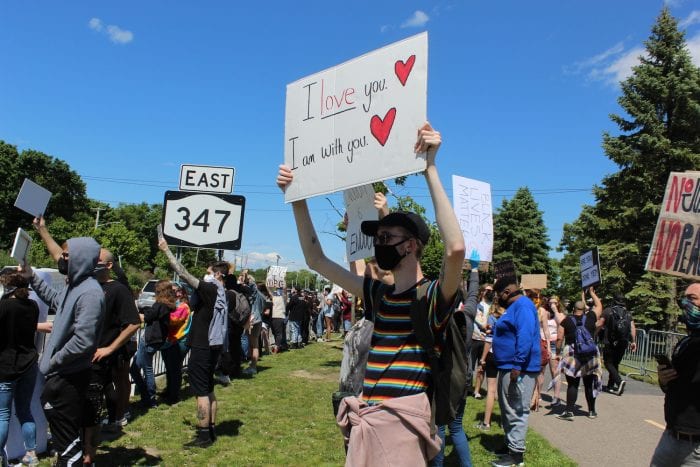By Leah S. Dunaief

Inside this issue is a treasure trove of first-hand information about the candidates and the issues in the coming election. How do I know? Because we, the different members of the editorial board of Times Beacon Record Newspapers, personally interviewed 25 people running for office across the three towns that we serve: Brookhaven, Smithtown and Huntington. The offices the candidates are running for are all local, which means that these are the officials who will have the most direct effect on our lives.
The positions range this year from county legislators to town supervisors, town council, and town clerk. We asked them questions without bias, seeking only to understand who they were, what they believed and what we could expect from each of them, should they be elected — or re-elected, as the case might be. The setting in our conference room was relaxed, and we hoped comfortable, with opponents for each office seated together around the table responding to questions put to them by our editors and reporters.
Sometimes there were four candidates, sometimes only one who might be running unopposed or against a shadow opponent, but mostly there were two during each session. Most of the time, the hour goes by calmly, but occasionally the opponents get testy with each other — they may even become openly hostile.
At one such session some years ago, one of the candidates invited the other out to the back parking lot “to settle things.” When the other began to take off his jacket, we quickly intervened. But there were no such flare-ups this year.
The answers were timed in an attempt to get to the main ideas without running on too long. There was ample time at the end for each visitor to tell us anything more that perhaps we hadn’t elicited with our questioning.
We have written up the details of each interview in a separate article for the election section. And we discuss the candidates at the end of each hour and come to a conclusion for the endorsement.
Most of the time, the editorial group was unanimous because the choices were fairly direct. But for a couple of races, we talked over the pros and cons of each candidate at length before making the selection. These endorsements are based on both the in-depth interviews and the considerable information we know about the incumbents since we have been covering them closely throughout their terms in office. Of course, after reading the stories, you may or may not agree with our conclusions. Our job is to get you thinking.
The many hours that are given to this task, throughout the month of October, are a service for our readers. We are privileged to enjoy an extended face-to-face time with those standing for election, and we feel an obligation to pass along whatever information, facts and impressions we gather during these sessions. We sincerely hope we help in the sometimes-difficult job of casting a responsible vote.
Each year we include in the election section a sample ballot that we are able to procure from the Suffolk County Board of Elections because readers have told us that it is a great advantage for them to receive the ballot at the voting poll already knowing how it is laid out.
Our editorial board is made up of staffers with different political leanings, but when we put our journalists’ hats on, we try to judge each race strictly on the merits of the opposing candidates. And while it is technically possible for me to be tyrannical about the final selections, that is almost never the case. We decide by majority rule.
Sincere thanks to the talented staff who join in this extra work each year. We truly believe that we are watchdogs for the people, and nowhere is that more necessary than in reporting about government and its office holders. We hope we have helped you, whether you read by newspaper and/or online. Now please vote.

